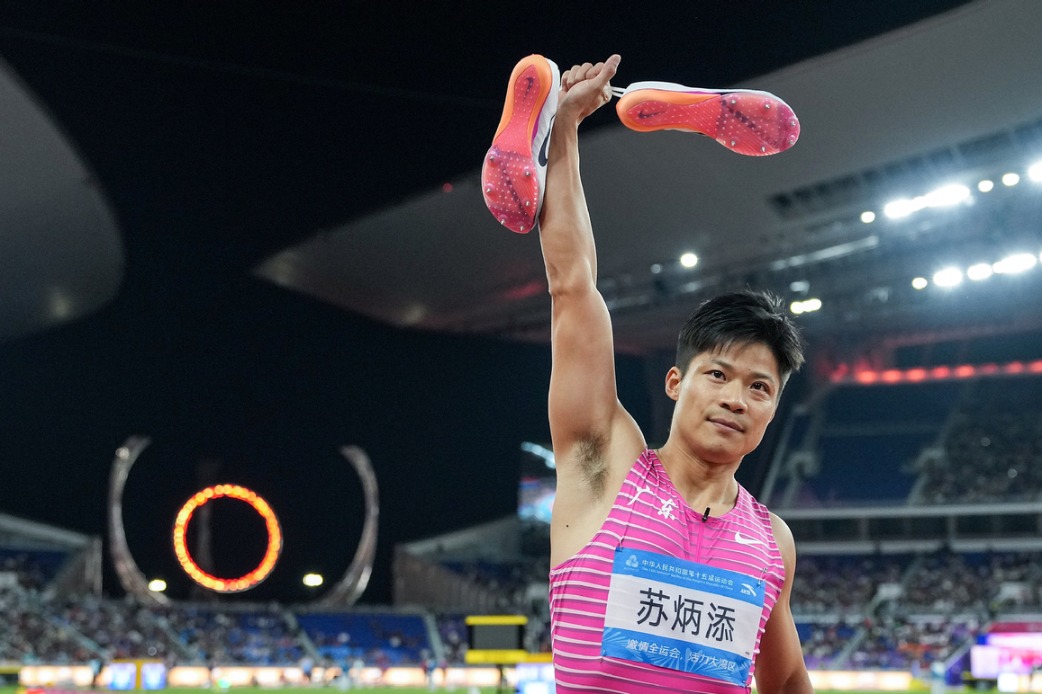Seeds of hope grow into a force of nature
World renowned primatologist in Beijing to celebrate key anniversary of wildlife program, Zhao Xu reports.

A dangling, moon-shaped feeding device for playful cubs to cling to, allowing food to fall through its holes; a geometric structure of interconnected triangles, strung together with plastic cups cut from water bottles to hold honey; and a pair of nut-filled cylinder tubes wrapped in wool yarn and painted with paw-print patterns — these are the toys designed for moon bears, named for the crescent-shaped white marking on their chest. The toys were handmade by Chinese students aged 10 to 17 back in 2011, before they were sent to a moon bear protection center in Chengdu, Sichuan province. This center has served as a sanctuary for the creatures, also known as the Asian black bear, which is native to the region.
"With this rather primitive work for mine comes my sincere wish that the bears, who themselves had endured human cruelty, would be able to recover physically and mentally, and live in love and in peace," wrote Li Zhao, one of the students who made the toys back then, explaining her design idea on paper. She was referring to the highly controversial practice of bear-bile farming, which is primarily conducted in parts of Asia and involves extracting bile from captive bears through invasive methods.
In 2011, Li's design won first prize in a designing-for-moon bear competition, one of the organizers of which is the Beijing branch of Roots and Shoots, a youth-led community action program launched two decades earlier by the internationally renowned primatologist Jane Goodall.
"Many young people who were with us have later gone on to take leadership roles in China's ongoing effort to balance development with environmental protection," says Goodall, who's currently in Beijing, leaving on Thursday. Her groundbreaking research into chimpanzees has transformed the human perception of both apes and themselves.
Jiang Yan, 62, joined the Beijing office in 2006 and is meeting Goodall for the 10th time. "At 90, she's here to celebrate with us the China program's 30th anniversary, and to show that when one is immersed in something one truly loves, there's no such a thing as retiring," Jiang says.
One television journalist, during an interview with Goodall in the early 1970s, asked, "How long are you going to be associated with the chimpanzees?" Goodall quipped: "I should say it's a rough guess until I die, but I can't tell you how many years that will be."
No more than two hours after Goodall's arrival in Beijing around noon this past Saturday, she was in the China Science and Technology Museum collecting stories from young followers from the Roots and Shoots program who had come from all over the country.
One team that won a "Persistence Award" on Saturday hails from Qingdao, a coastal city in East China's Shandong province. Since their inception under Roots and Shoots, the team — now boasting over 1,000 members — has engaged in a wide range of projects, from mapping the region's water resources to protecting the endangered finless porpoise inhabiting the bays of China's Yellow Sea.
The award-winning project involves collaboration between high school and university students and local fishermen, who have come into direct contact with the water mammals in their daily work. The students support the fishermen's children through free tutoring sessions — an example of the community-based conservation that Goodall has always championed.
"We are a grassroots organization with a bottom-up approach. Anyone who wants to join our program can do so by forming a team with like-minded friends and neighbors. From there, they can develop their own ideas — whether it's building roosts for migrating birds or conducting a study on waste disposal. Our role is mainly supportive: We provide the resources, guidance, and platform the young people need to bring their visions to life," says Jiang, reflecting on the fact that Goodall launched the Roots and Shoots program in 1991, after a talk on the back porch of her home in Tanzania with a group of 12 local teenagers eager to develop solutions to the environmental and ecological challenges they saw around them.
Writing in an article on June 4, 2017, one day before World Environment Day, Goodall recalled her China experiences which started with her first visit to the country in 1998, upon the invitation of Liang Congjie (1932-2010), a prominent Chinese environmentalist and social activist, and four years after the Roots and Shoots program was brought to China by a Canadian friend of hers who also helped found the Western Academy of Beijing, a school for the city's growing expatriate community.
In the article, Goodall recalled her conversations with George Schaller of the World Wildlife Fund, the first Western scientist invited by the Chinese government to work at the Wolong National Nature Reserve. This reserve, located in Sichuan near the border of the Xizang autonomous region, is home to the giant panda. "When he left (in the 1980s), he told me he was pessimistic about the future of the iconic animal in the wild," wrote Goodall.
A few thousand words later, Goodall's readers got an update: "The situation regarding wild pandas has improved to the extent that it is now classified as 'vulnerable' rather than 'endangered' by the International Union for Conservation of Nature. This is due to enforcing bans prohibiting poaching and the government decision, in 2006, to expand and connect the scattered nature reserves … where half of China's wild pandas live," she wrote. "I'm told that Schaller commented how glad he was that things had turned out so much better than he had predicted."
Optimism has been the driving force behind Goodall's relentless advocacy for animal rights and environmental protection.
Back in 1966, Goodall watched helplessly as a devastating polio epidemic struck the chimpanzees at Tanzania's Gombe Stream National Park, where she had made her world-famous study on what she called "our closest kin".
Mr McGregor, one of the chimps Goodall had studied and befriended, lost both legs and was "unable to use even one arm" — to quote the primatologist — due to the epidemic, which was likely to have been transmitted from humans.
"We immediately found out that we could vaccinate the chimps. It was a bit late, but maybe it (the epidemic) would have gone on if we hadn't (vaccinated them)," said Goodall to her interviewer many years later. "But McGregor had to be shot (due to the seriousness of his condition)."
When prompted by a reporter that some fellow scientists believe that she should have "let nature take its own course", Goodall answered, "Sorry, I don't care what anybody said … I couldn't watch an animal suffering any more than I could watch a human suffering and not help if I could."
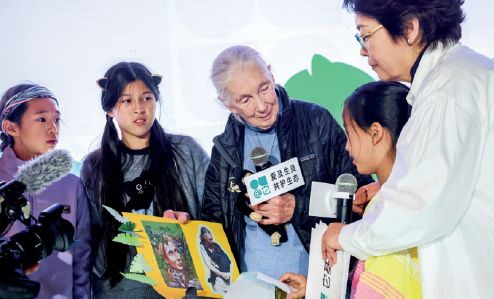
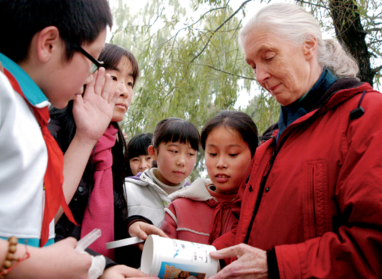
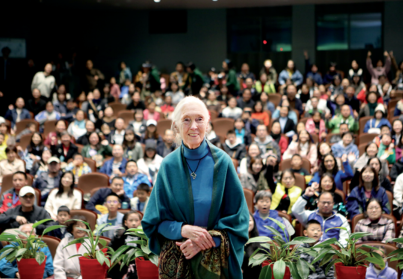
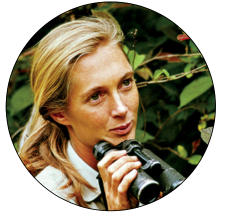
Today's Top News
- Momentum built for future industries
- FM: Facts prove Tokyo wrong onTaiwan
- Japanese call for retraction by Takaichi
- Shenzhou XXI astronauts conduct their 1st spacewalk
- Global openness, cooperation stressed
- China not necessarily relying on Nvidia for chips, ecosystem

















